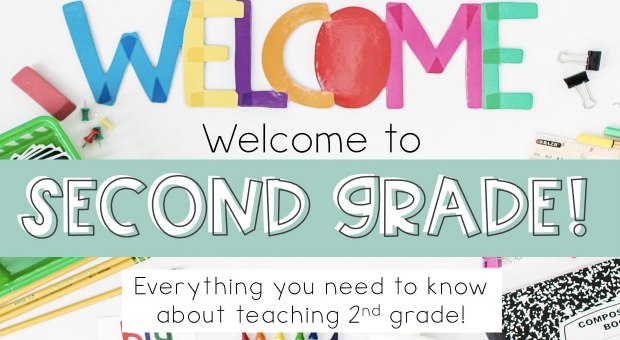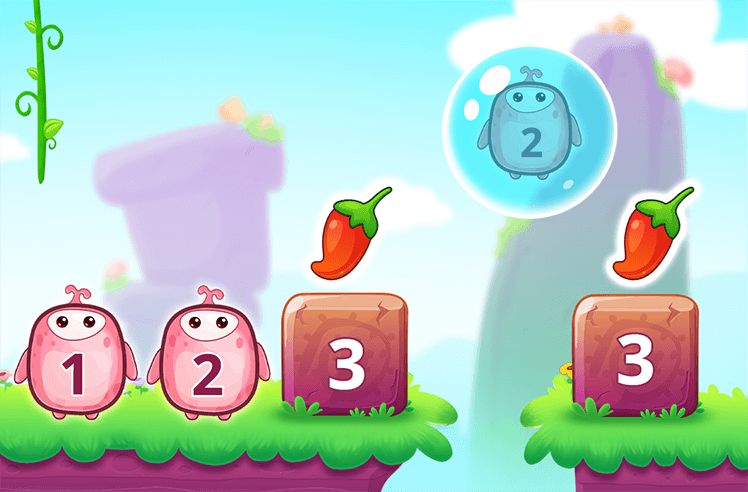Ever found yourself in front of a room full of 2nd graders, wondering how to capture their attention and keep it there? You’re not alone. Teaching 2nd grade is an adventure—a mix of boundless energy, curiosity, and individual learning styles that can turn any classroom into a lively discovery hub. But here’s the catch: how do you harness all that energy and curiosity in a fun and fruitful way for learning? That’s the big question, and it’s exactly why knowing how to teach 2nd grade effectively is so important.
Math & ELA | PreK To Grade 5
Kids see fun.
You see real learning outcomes.
Watch your kids fall in love with math & reading through our scientifically designed curriculum.
Parents, try for free Teachers, use for free
In this blog, we’re diving into the world of 2nd graders to bring you some real, actionable tips that can transform your teaching experience. So, whether you’re just starting or looking to refresh your approach, stick around for insights that could make all the difference in your teaching journey.
Related Reading: Best Teaching Strategies for Educators
Understanding 2nd Graders
Knowing what makes 2nd graders tick is key to teaching them well. Here’s a quick look at where they’re at:
- Cognitive Development: They’re beginning to think more logically and ask many questions about the world. Understanding time better and following complex instructions are new milestones.
- Social Development: Friendship and teamwork become important. They’re learning to share, take turns, and navigate social situations with more empathy.
- Emotional Development: Independence grows, but so does the need for support. They may face more worries, especially about school and friendships.
- Learning Styles and Paces: Each child is unique, with different ways of learning and varying speeds at which they grasp new concepts.
Recognizing these developmental stages and individual differences is key to tailoring your teaching approach, ensuring every 2nd grader feels supported and engaged.
How to Teach 2nd Grade Kids: 25 Best Tips
2nd Grade Classroom Management
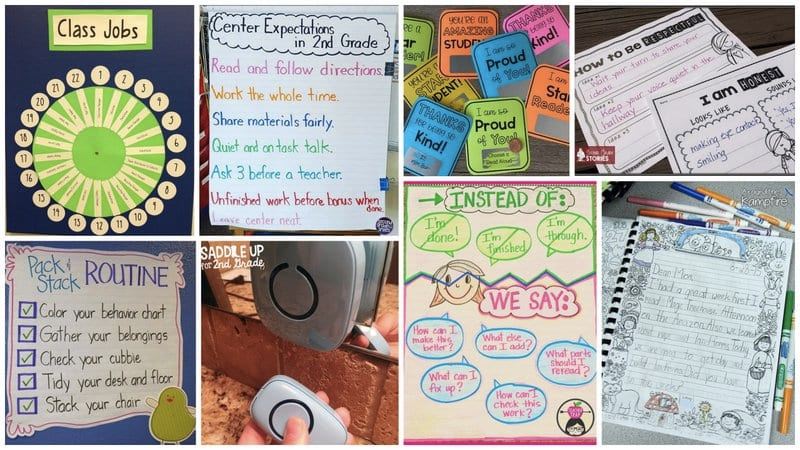
Creating a classroom that feels welcoming and productive is a big part of how to teach 2nd grade. Let’s dive into some strategies:
1. Establishing a Positive Classroom Environment
A happy classroom is where every student feels safe and valued. To teach second grade effectively, decorate with bright, encouraging posters and create a cozy reading corner. Show interest in what each child has to say and celebrate their successes, big or small. This warmth and positivity encourage kids to do their best.
2. Setting Clear Rules and Expectations
Kids thrive when they know what’s expected of them. Early on, involve them in setting simple, clear classroom rules like ‘Raise your hand to speak’ or ‘Respect each other’s space.’ Use visuals to remind them of these rules. This clarity helps students feel secure and makes managing the classroom smoother for you.
3. Encouraging a Growth Mindset
Teaching kids to see challenges as opportunities to grow is a key part of how to teach 2nd grade. Use stories of famous people who failed and tried again, or share your experiences of learning from mistakes. Praise effort over results, emphasizing that it’s okay to make mistakes as long as you keep trying.
Related Reading: How to Nurture a Growth Mindset in Kids: 4 Best Tips
4. Implementing Effective Discipline Strategies
Discipline is about teaching, not punishment. When rules are broken, use it as a teaching moment to discuss why the rule is important. Offer choices and consequences instead of commands, and always follow through. This approach helps children understand the impact of their actions and learn to make better choices.
Related Reading: Best Classroom Management Strategies for An Orderly Class
Curriculum and Lesson Planning
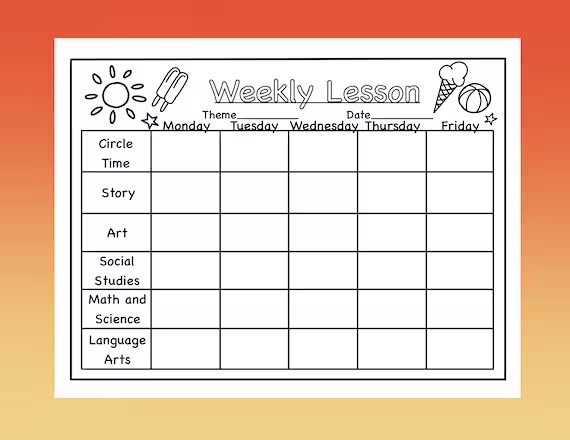
Creating engaging and educational lessons is at the heart of a successful 2nd-grade teacher. Here are some 2nd grade teacher ideas for curriculum and lesson planning:
1. Aligning Activities with Common Core Standards
Ensure your activities tie into the Common Core Standards to ensure students meet key learning objectives. For example, when planning reading activities, choose books that interest students and align with the required reading skills. This way, you’re teaching what they need to learn in a way that’s fun for them.
2. Incorporating Multidisciplinary Lessons
Bring lessons to life by connecting them across subjects. A science lesson about plants can include art (drawing the plants), math (measuring growth), and reading (stories about plants). These multidisciplinary approaches make learning more cohesive and engaging, showing students how different subjects interconnect.
3. Planning for Diverse Learning Styles
Remember, every child learns differently. Some prefer listening, while others need to see or touch to understand. Mix your teaching methods by including visual aids, hands-on activities, and storytelling. This variety ensures that you’re reaching every student.
4. Balancing Structured and Free Learning Time
Kids need guidance and the freedom to explore. Structure your day with clear, focused lessons and allow students time to pursue their interests. This could be through free reading time, creative projects, or play. Balancing both helps students learn discipline and self-direction, key skills for lifelong learning.
Related Reading: How to Create A Lesson Plan Template That Engages Students
Engagement and Motivation
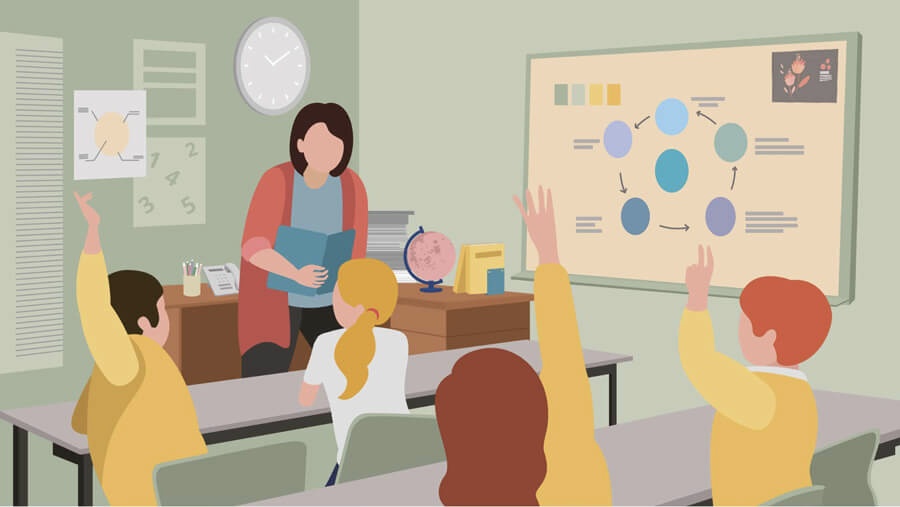
Keeping students engaged and motivated is key to a successful learning experience. Here are some strategies to boost engagement and motivation in your classroom:
1. Using Interactive Learning Tools
Interactive learning tools like smartboards, educational apps, and online games can make learning more fun and engaging. These tools turn abstract concepts into something tangible and interactive, making it easier for students to grasp and retain information. Plus, they add a bit of excitement to the day!
2. Gamifying Learning Activities
Turn learning into a game to spark interest and competition. Whether it’s a spelling bee, a math race, or a quiz game, gamification makes learning fun and encourages students to participate more actively. Rewards, like stickers or extra playtime, can motivate students to do their best.
Here are some fun and interactive educational games for 2nd graders that you can get started with:
Begin here
3. Encouraging Peer Learning and Collaboration
Working in groups or pairs allows students to learn from each other, share ideas, and develop social skills. Encourage projects where students can collaborate, discuss, and solve problems together. This not only enhances learning but also teaches valuable teamwork skills.
4. Incorporating Hands-on Activities
Hands-on activities like science experiments, art projects, and building blocks make learning concrete and memorable. These activities cater to kinesthetic learners who learn best by doing and help all students understand complex concepts in a fun, engaging way.
5. Fostering a Love for Reading
Create a cozy reading corner filled with various books to encourage reading for pleasure. Regularly set aside time for students to choose and read books of interest. You can also have a weekly storytime where you read to the class, sparking imagination and a love for stories.
Related Reading: How to Teach Kids to Read: 9 Easy Steps
Assessment and Feedback
Evaluating student progress and providing feedback are crucial components of effective teaching. Here are some teaching ideas for 2nd grade that focus on assessment and feedback:
1. Utilizing Various Assessment Techniques
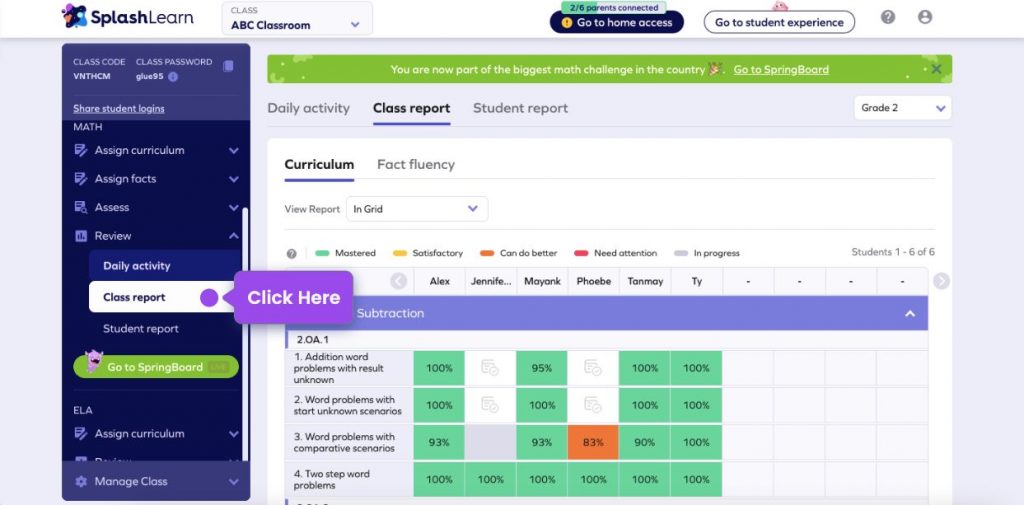
To truly understand how your students are doing, mix up how you assess them. Use quizzes, projects, presentations, and games to evaluate their understanding. This variety keeps assessment interesting and caters to different learning styles, giving you a fuller picture of each student’s progress.
2. Providing Constructive Feedback
Feedback is a powerful tool in helping students grow. When giving feedback, be specific about what they did well and where they can improve. Always frame your feedback positively, focusing on how they can learn and grow from their mistakes. This approach encourages them rather than discouraging them.
3. Encouraging Self-Assessment Among Students
Teaching students to evaluate their work teaches them to be reflective and independent learners. Simple checklists or questions like “What did I do well?” and “What can I do better next time?” can guide their self-assessment. This practice helps them understand their strengths and weaknesses and fosters a growth mindset.
Communication and Relationships
Strong communication and relationships are the foundation of a positive classroom environment. Here’s how to nurture these aspects effectively:
1. Building Strong Relationships with Students
Creating a bond with your students is crucial. Show genuine interest in their lives outside of school by asking about their hobbies, families, and interests. Listen to their concerns and celebrate their achievements, no matter how small. This trust and rapport make students feel valued and more open to learning.
2. Effective Communication with Parents
Keeping parents in the loop is key to a student’s success. Regular updates through emails, newsletters, or parent-teacher meetings can inform parents about their child’s progress and how they can support learning at home. Be open, honest, and positive in your communications, focusing on how to work together to support the student.
With SplashLearn, You Can Share Progress Reports With Parents- Sign Up Now!
3. Collaborating with Colleagues for Better Learning Outcomes
Working closely with your fellow teachers can bring new insights and strategies to your teaching. Share resources, ideas, and experiences in staff meetings or informal gatherings. Collaborating on projects or cross-curricular activities can also give students a richer learning experience.
Related Reading: Ways to Implement Restorative Practices in the Classroom
Professional Development
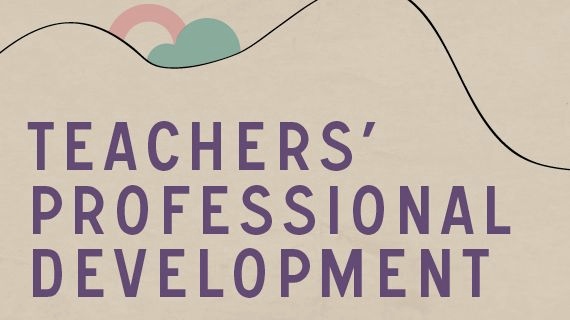
Continuously improving and updating your skills is essential for any educator. Here’s how you can stay at the forefront of your profession:
1. Staying Updated with Educational Trends
The world of education is always evolving, with new teaching methods, technologies, and research emerging regularly. Make it a habit to read educational journals, attend workshops, and follow educational thought leaders on social media. This will help you bring fresh ideas and innovative practices into your classroom.
2. Participating in Professional Learning Communities
Joining professional learning communities, whether online or in person, allows you to connect with peers who share your passion for teaching. These communities provide a platform for exchanging ideas, sharing challenges, and offering support. Engaging in these groups can inspire you and provide new perspectives on tackling common classroom issues.
3. Seeking Feedback for Personal Improvement
Feedback isn’t just for students; it’s a valuable tool for teachers too. Seek feedback from your colleagues, principal, or students on improving your teaching. Be open to constructive criticism and view it as an opportunity to grow. Implementing the feedback you receive can significantly improve your teaching effectiveness.
Health and Well-being
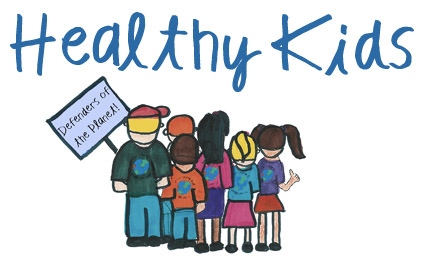
Ensuring the health and well-being of your students is just as important as their academic learning. Here’s how you can support their physical, emotional, and nutritional needs:
1. Promoting Physical Activity
Encourage students to be active by incorporating physical activities into their daily routines. This can be as simple as short movement breaks between lessons, outdoor learning sessions, or regular physical education classes. Physical activity improves health and increases concentration and mood, making it easier for students to engage in learning.
Related Reading: Best Concentration Games for Kids
2. Addressing Emotional and Social Needs
Create a supportive classroom environment where students feel safe to express their feelings and concerns. Teach social skills and emotional regulation through activities, discussions, and role-playing. Recognizing and addressing these needs helps students manage stress, build resilience, and develop healthy relationships with their peers.
3. Encouraging Healthy Eating Habits
Discuss the importance of healthy eating and the impact of nutrition on learning and energy levels. You can do this through classroom activities, such as reading books about food, science lessons on the human body, or even growing a classroom garden. Encouraging students to bring healthy snacks and sharing information on nutritious choices with parents can also promote better eating habits.
Conclusion
Mastering how to teach 2nd grade is about blending the right mix of strategies, understanding, and care. By focusing on these tips, you’re setting up your classroom for a year full of growth, learning, and fun. Remember, every small step you take makes a big difference in your students’ lives.
Related Reading: How to Create a Teaching Plan in 6 Easy Steps
Frequently Asked Questions (FAQs)
What makes a good 2nd grade teacher?
A good 2nd-grade teacher is patient, creative, and understands the unique developmental needs of their students, fostering a love for learning in a supportive environment.
What do you start learning in 2nd grade?
In 2nd grade, students learn more advanced reading and math skills, including addition and subtraction with larger numbers, sentence structure, and reading comprehension.
How do you teach a second grader the main idea?
To teach a second grader the main idea, use simple texts and ask questions about the story’s main point, guiding them to identify key details that support the main idea.

















